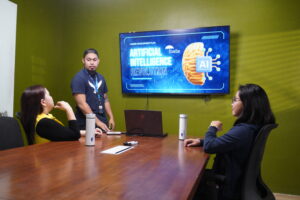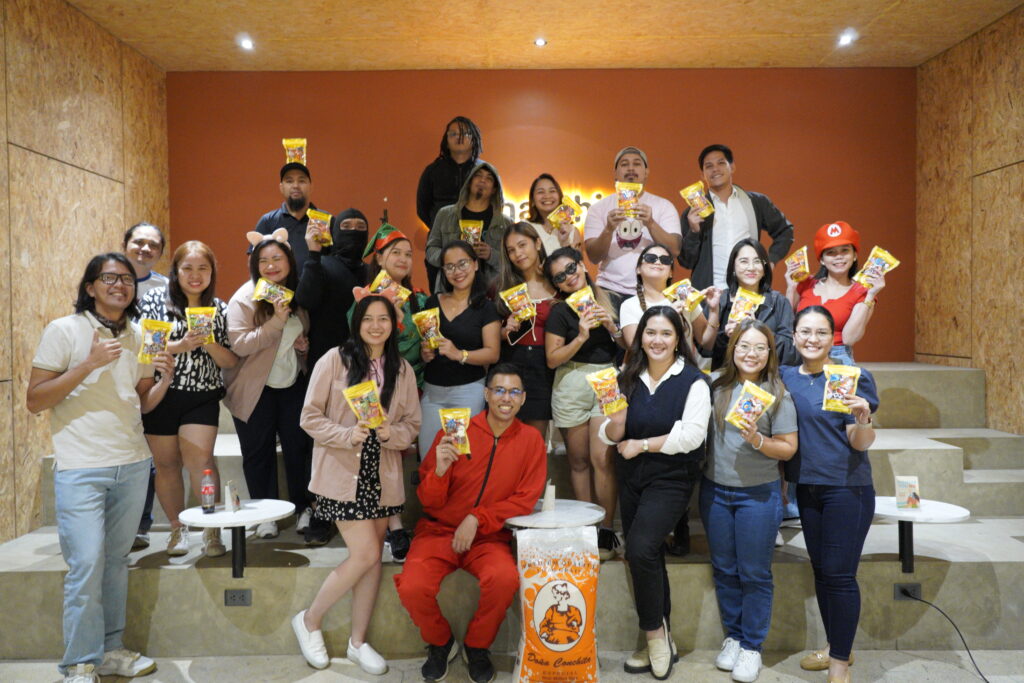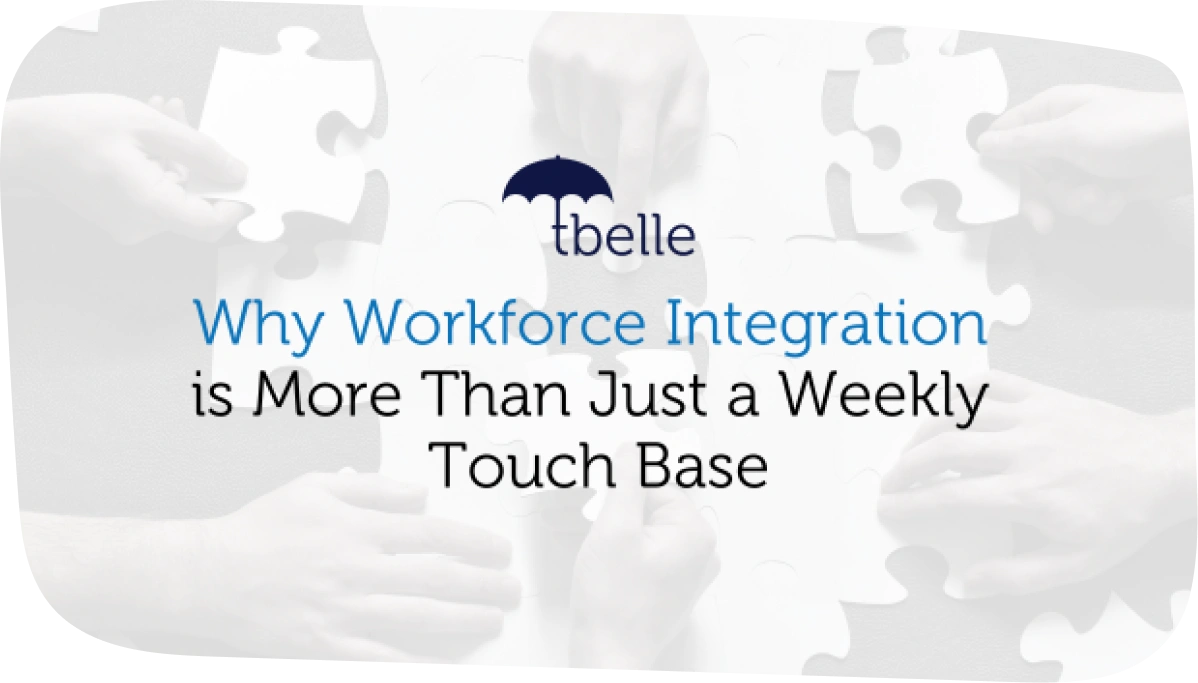“Great things in business are never done by one person. They’re done by a team of people.” – Steve Jobs.
This has never been more relevant, specially in this era where modern workforces span continents and time zones. The rise of global and distributed teams has transformed the way organisations operate, offering unparalleled access to diverse talent and perspectives. Yet, with this transformation comes the challenge of ensuring these geographically dispersed teams function as a cohesive, aligned unit.

Table of Contents
Workforce Integration is often mistaken for merely maintaining communication, such as scheduling weekly check-ins or one-on-one meetings. While these touchpoints are valuable, they are not sufficient for fostering a sense of unity, purpose, and alignment. Integration in the modern workforce must go deeper—it must be about creating meaningful connections that align every team member with the organisation’s mission and strategy.
In this article, we’ll explore why integration is so much more than scheduling meetings. It delves into the true essence of workforce integration as a holistic process that bridges divides, aligns objectives, and nurtures a shared purpose.
The Misconceptions of Workforce Integration

Workforce integration is a term often misunderstood, with many leaders inadvertently reducing it to a series of surface-level practices. This approach not only limits the potential of integration but also fails to address the deeper issues that inhibit team cohesion and productivity.
Here are some common misconceptions about workforce integration, each backed by research and evidence, that highlight why superficial practices fall short:
Many leaders equate Workforce Integration with having regular one-on-one meetings or status updates. While these are important touchpoints, they often lack the depth needed to build meaningful connections.
Why Does It Fall Short? Weekly meetings are typically transactional, focusing on task updates rather than strategic alignment or personal connection. If not properly supported, employees may leave these meetings feeling monitored rather than engaged or valued.
Global surveys show that 86% of employees and executives cite the lack of effective collaboration and communication as the main cause of workplace failures. Without a focus on deeper alignment, these meetings fail to address employee needs or foster true engagement.
Some leaders treat integrating a workforce as a checklist item, assuming that completing specific actions—like onboarding or assigning tasks—automatically aligns a team.
This approach overlooks the dynamic and ongoing nature of Workforce Integration. Employees require continuous reinforcement of their role in the bigger picture to feel connected to the organisation’s purpose.
The proliferation of collaboration tools like Slack, Zoom, and Asana has led many leaders to believe that providing technology is enough to integrate teams effectively.
Why Does It Fall Short? While technology is an enabler, it cannot replace human connection or cultural alignment. Over-reliance on tools can create a false sense of integration, masking deeper communication or engagement issues.
A 2023 State of Remote Work report by Buffer found increasing rates of loneliness for remote employees. These issues persist despite the availability of digital tools, highlighting the need for a more human-centric approach to integration.
Many leaders view Workforce Integration as a one-time event—something to focus on during onboarding or major organisational changes. Integrating a workforce is an ongoing process that requires continuous effort to adapt to team dynamics, evolving goals, and external changes. Treating it as a one-off effort might lead to disengagement over time.
Workforce Integration: A Holistic Approach

Workforce Integration (WI) is a dynamic and continuous framework designed to create a cohesive, purpose-driven workforce. It is not a single action but an intentional process that aligns the workforce with strategies, and organisational purpose. At its core, WI ensures that every team member feels part of the bigger picture, fostering a sense of connection and shared vision that drives both individual and collective success.
The framework of WI is built on the integration of three key pillars: strategy, workforce, and purpose. Strategy defines the organisation’s overarching plans and goals, providing a clear direction for all activities. The workforce represents the human capital that drives the organisation, encompassing diverse roles, skills, and backgrounds. Purpose, meanwhile, serves as the motivational core, aligning employees’ efforts with the organisation’s mission and values.
In global teams, a holistic Workforce Integration approach plays a vital role in bridging gaps across time zones, cultures, and work styles. Research from McKinsey shows that organisations with a strong sense of purpose outperform the market by 42%, stressing the value of embedding purpose into workforce practices.
When organisations align their employees with the company’s mission and integrating purpose into daily activities, WI transforms the employee experience. It immerses new hires in the organisation’s culture, ensures meaningful engagement beyond superficial activities, and creates a positive work environment that prioritises well-being, professional growth, and job satisfaction.
Workforce Integration ultimately redefines how organisations approach employee onboarding, engagement, and management, ensuring that every aspect of the employee journey contributes to building a connected, purpose-driven workforce capable of thriving in today’s global context.
Moving Beyond the Weekly Touch Base
Effective workforce integration requires more than weekly check-ins; it demands intentional strategies that build purpose, align strategy, and strengthen connections across the organisation. Let’s explore each area with actionable tips, backed by research and examples.
A. Building a Purpose-Driven Culture
A purpose-driven culture is the foundation of a thriving workforce. When employees understand the why behind their work, they are more motivated and engaged.
Leaders should integrate the company’s mission into daily conversations, not just annual reports or onboarding sessions. Use storytelling to demonstrate how the organisation’s purpose translates into real-world impact.
According to PwC, 79% of business leaders believe that purpose is central to success, and organisations with a strong sense of purpose see higher employee engagement.
Employees should see a direct connection between their daily tasks and the organisation’s overarching goals. A best example would be empowering your workforce by aligning every role with the organisation’s environmental sustainability mission (for instance), creating a shared sense of responsibility.
This would positively impact employees, creating a sense of trust that their work contributes to their organisation’s mission, which in turn would highly likely make them more engaged.
Start this strategy simply by asking teams regularly how they interpret and connect with the company’s mission. Their insights can uncover new ways to align organisational purpose with day-to-day operations.
B. Enhancing Strategy Alignment
For true workforce integration, strategy must permeate every level of the organisation, not remain confined to boardroom discussions.

Use dashboards, performance trackers, and shared workspaces to show progress toward organisational goals in real-time.
Example: Google’s OKR (Objectives and Key Results) framework allows teams to track how their efforts contribute to overarching goals.
Managers should help employees understand how their specific roles impact the company’s mission. This fosters ownership and accountability.
Tip: Start team meetings by connecting tasks for the week to broader strategic goals.
Align strategy across departments by fostering collaboration between teams with shared objectives. Promote a culture that emphasises breaking down silos through collaborative tools like Microsoft Teams, enabling better strategy alignment across global teams.
C. Enhancing Strategy Alignment
In distributed teams, fostering a sense of connection is critical to bridging geographical and cultural divides.
In global teams, asynchronous communication plays a pivotal role by allowing employees in different time zones to participate without pressure. This reduces bottlenecks, ensures inclusivity, and prevents a reliance on synchronous 1-on-1 meetings, which might be challenging to coordinate in dispersed teams.
Technology can enhance collaboration, but only when tools are used effectively. Over-reliance on technology without fostering real-time or asynchronous conversations can limit meaningful interaction. Tools like Slack, Miro, or Loom enable teams in different time zones to stay connected without the need for constant synchronous meetings. Using asynchronous communication allows an organisation’s fully remote workforce to collaborate seamlessly.
Build camaraderie by organising activities that resonate across cultures, such as virtual cooking classes or trivia games. You can also implement virtual coffee breaks or “Donut Chats” where employees are randomly paired for casual conversations, fostering deeper connections across teams.
Successful workforce integration requires more than just scheduled meetings. Spontaneous conversations (such as quick chats via instant messaging tools) can foster empathy and enhance team dynamics by mimicking in-office interactions that naturally promote collaboration and trust. This helps remote employees feel more included.
Tip: Set up themed channels in Slack for hobbies or interests, like pet pics or book clubs, to encourage bonding.
Conclusion: Reimagining Integration for Long-Term Success

Workforce Integration (WI) though often misunderstood, goes beyond the transactional. It involves aligning your workforce with your organisation’s strategy and purpose. The misconception that integration begins and ends with weekly touch bases or one-on-one check-ins overlooks the deeper work required to create meaningful alignment. True workforce integration is a dynamic, holistic process that unites strategy, workforce, and purpose, ensuring every employee feels valued, connected, and driven by a shared mission.
Integrating a global workforce is a dynamic process that fosters shared goals, cultural synergy, and meaningful collaboration. Moving beyond weekly touch bases involves embedding purpose, aligning strategy, and fostering strong connections in daily workflows.
Purpose-driven cultures, strategy alignment tools, and inclusive communication methods empower teams to thrive. As the global workplace continues to evolve, organisations that prioritise holistic workforce integration will be better equipped to build resilient, cohesive, and high-performing teams.










